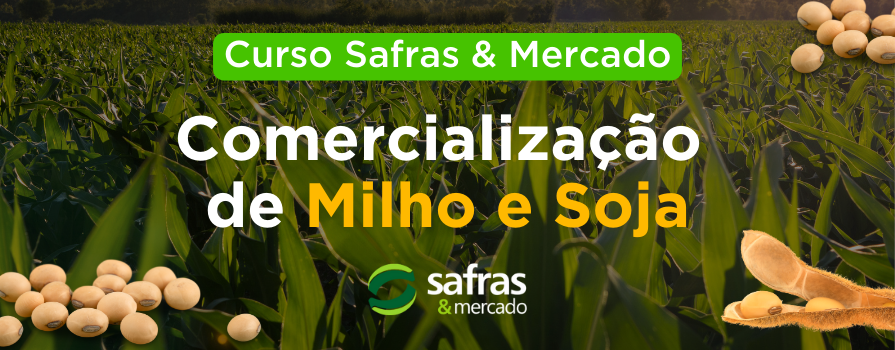
Cocoa closed 2024 as the commodity highest value of the year, reaching a record price of US$12,565 per tonne on the New York Stock Exchange. This value represents an annual increase of around US$300% and reflects a challenging scenario, marked by successive drops in production in African countries, the main global suppliers. With stocks under pressure, the disparity between supply and demand has worsened the market imbalance.

Volatility is expected to persist into 2025, driven by factors such as unstable weather and the spread of diseases in African cocoa trees. This scenario raises questions about the sustainability of such high prices in the long term.
Cocoa appreciation and factors for growth in 2024
Like other commodities, the cocoa market is influenced by supply and demand dynamics. However, cocoa has faced an atypical scenario, where economic fundamentals, financial speculation and climate issues combine to create an unstable environment. According to experts, the future of the commodity will depend on a complex combination of economic and climate factors.
“The cocoa futures market, traded on the New York Stock Exchange, played a crucial role in the distortions observed in 2024. Extreme volatility led to the liquidation of positions and the reduction of open contracts, which reached the lowest level in more than a decade. The exchange intensified this movement by increasing the required margins, reflecting the increase in perceived risk”, explains Rafael Machado Borges, Market Intelligence analyst at StoneX.
Climate impacts and production: the future of the market
In addition, the low ratio between inventory and demand increased volatility, while many hedge contracts were closed at lower prices, hurting industry balance sheets. For producers, limited supply limited expected profits, and defaults on deliveries increased, fueling practices such as smuggling in Africa.
“The future curve points to a possible stabilization, but continued deficits in the 2024/25 harvest may sustain prices above US$$10,000 per ton for longer. Climate instability will be a decisive factor in this movement,” adds Borges.
Outlook for 2025
Recent reports indicate that cocoa pod counts on trees have reached their lowest level in decades. African regions faced excessive rainfall in late 2024, followed by drought in mid-season areas, further compromising production.
“Personally, I believe that supply will be below expectations, with the fourth consecutive year of deficits in the market. Areas with aged trees, diseases and the lack of labor have negatively impacted productivity,” says Alê Delara, Managing Partner of Pine Agronegócios.
Impacts for producers and consumers
On the producer side, high prices have rekindled interest in new planting areas, but diseases and climate challenges remain significant obstacles, especially in Brazil and West Africa. For industries, high prices have led to adjustments in formulas and marketing strategies, with the aim of mitigating costs for consumers and preserving competitiveness.
“In the commodities market, there is a maxim: high prices destroy demand. However, before that, the physical market adjusts, whether by passing on costs, absorbing losses or adjusting strategies. We saw these three movements throughout 2024,” concludes Delara.
Source: Ericson Cunha | Notícias Agrícolas














